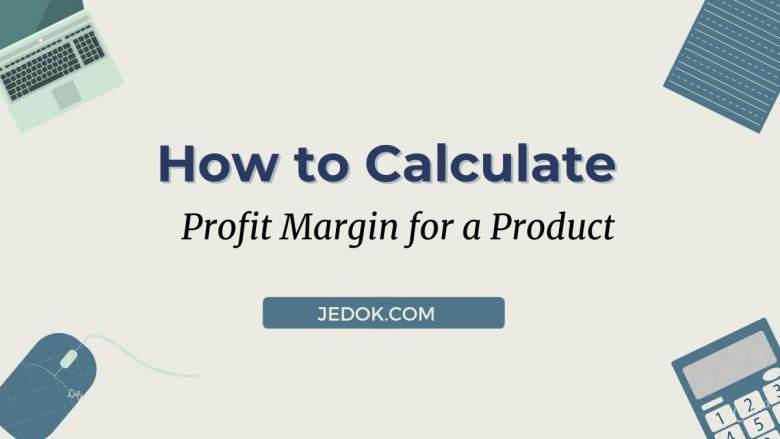
As a business owner, understanding your profit margin is crucial for making informed pricing decisions and assessing the financial health of your products. Calculating profit margin allows you to determine how much profit you generate from each sale. In this blog post, we will guide you through the process of calculating profit margin, enabling you to optimize your pricing strategy and maximize your profitability.
1. Understand the Basics:
Profit margin is the percentage of revenue that remains as profit after deducting all costs associated with producing and selling a product. To calculate profit margin, you need to have a clear understanding of the following key terms:
- Revenue: The total amount of money generated from sales.
- Cost of Goods Sold (COGS): The direct costs incurred in producing the product, including materials, labor, and manufacturing overhead.
- Gross Profit: The amount left after subtracting COGS from revenue.
- Operating Expenses: The indirect costs associated with running the business, such as rent, utilities, salaries, and marketing expenses.
- Net Profit: The final profit after deducting all operating expenses from the gross profit.
2. Determine Your Costs:
If you’re a business owner, calculating your profit margin is essential for determining the success of your product. Profit margin is the difference between revenue and total costs associated with producing and selling your product. To calculate it accurately, you need to identify and quantify every cost that goes into making and selling it.
Firstly, consider the cost of raw materials or inventory needed to produce the product. This includes all expenses associated with acquiring the materials such as shipping fees or taxes. Secondly, account for labor costs including salaries, wages, payroll taxes, and employee benefits like healthcare or retirement plans. Thirdly, factor in all overhead costs such as rent/mortgage payments on buildings where production takes place along with utilities like electricity or water bills.
Additionally, don’t forget about marketing expenses which can include advertising campaigns or promotional products used to promote sales of your product.
3. Calculate Gross Profit Margin:
The gross profit margin measures the profitability of your product before considering operating expenses. To calculate the gross profit margin, use the following formula:
Gross Profit Margin = (Gross Profit / Revenue) x 100
Gross Profit = Revenue – COGS
Calculate your gross profit by subtracting the COGS from your total revenue. Then, divide the gross profit by the revenue and multiply by 100 to express it as a percentage.
4. Factor in Operating Expenses:
While the gross profit margin provides insights into the product’s profitability, it doesn’t account for all business expenses. To calculate the net profit margin, which considers operating expenses, use the following formula:
Net Profit Margin = (Net Profit / Revenue) x 100
Net Profit = Gross Profit – Operating Expenses
Subtract the total operating expenses from the gross profit to obtain the net profit. Then, divide the net profit by the revenue and multiply by 100 to express it as a percentage.
5. Analyze and Interpret the Results:
Once you have calculated the profit margin, analyze the results to gain insights into your product’s financial performance. A higher profit margin indicates better profitability, while a lower margin may necessitate adjustments in pricing, cost reduction, or more efficient operations. Compare your profit margin to industry benchmarks to assess how well your product performs in the market.
6. Use Profit Margin for Decision Making:
Profit margin analysis can guide your pricing strategy, cost management, and overall business decisions. By understanding your product’s profit margin, you can determine if your pricing is sustainable, identify cost-saving opportunities, evaluate the impact of pricing changes, and assess the profitability of new product lines.
Conclusion:
Calculating profit margin is essential for understanding the financial performance of your product. By accurately determining your costs, calculating gross and net profit margins, and analyzing the results, you can make informed pricing decisions and optimize your profitability. Regularly monitor and reassess your profit margins to ensure your business remains financially healthy and competitive in the market.


